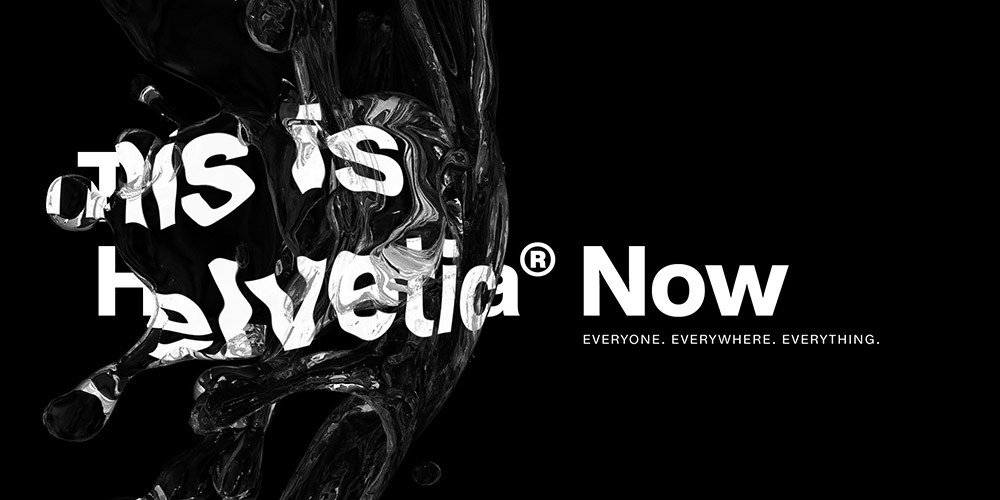

That way, users of Windows 3.11 could have a family that they could work with on their systems and output to the Laserwriter. The brief from Microsoft was to match the metrics of Helvetica which, you might recall, was a standard typeface family on the Apple Laserwriter. Mark Simonson’s article cited earlier explains it best, but in a nutshell, Monotype took its Grotesque 215 design and adapted it to Helvetica metrics. But printed, at large sizes, the slightly “clumsy” characteristics of Arial become more apparent, especially when they’re side-by-side, as in these two signs in the parking garage at Mall of Hoober, you are right. When anti-aliased, Helvetica does still look a little cleaner and more polished to me than Arial, but in general I think both look fine on screen. I’m fairly indifferent to the variance between Helvetica and Arial at small sizes on-screen. Case in point: Verdana looks good in 11-pixel height on a computer screen, but terrible in 24-point headlines in the IKEA print catalog. This argument is probably stronger with Verdana than with Arial, but I think it holds for both: a lot of emphasis was given to how these fonts rendered in aliased, bitmap form at small sizes on a computer screen, perhaps moreso than how they look in high resolution and at large sizes in print.

But I think it’s also important to consider the intended use of the fonts: while (as I understand it) Microsoft mainly commissioned Arial to avoid the cost of licensing Helvetica, and therefore Arial was intended as a suitable substitute for Helvetica in all media, Arial was still developed primarily as a font for screen display, not for print. There are so many subjective factors at play while the language surrounding debate rarely recognizes those think you raise some good points, and of course aesthetics are inherently subjective. It’s easy to pile onto the “I hate Microsoft and everything they touch bandwagon”, but how much unbiased and objective research has been applied to the question of qualitative value to the target audience? Is an old typeface only good if it’s designed by the Swiss? I presume many designers must understand the very strong business & licensing reasons for Microsoft to have developed this typeface.ĭo many designers also understand the distinctly different approach to pixel alignment in display faces, which some people prefer while others prefer Apple’s approach (I subjectively prefer Microsoft’s approach). The reaction of many designers seems to smell of elitism and subjectivism more than anything to me, but I’ll be happily proven wrong.Īre designers commonly aware of why Arial exists. Does anyone know of reputable research and blind tests that back up the common designer sentiment against Arial?


 0 kommentar(er)
0 kommentar(er)
